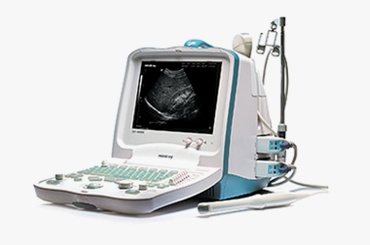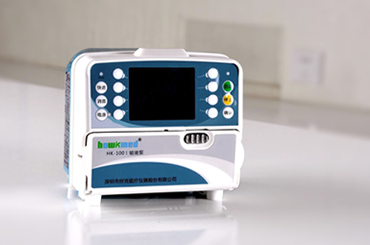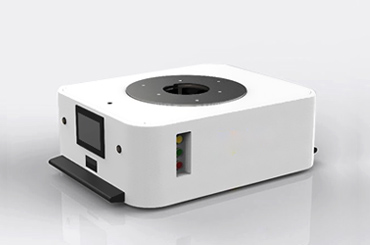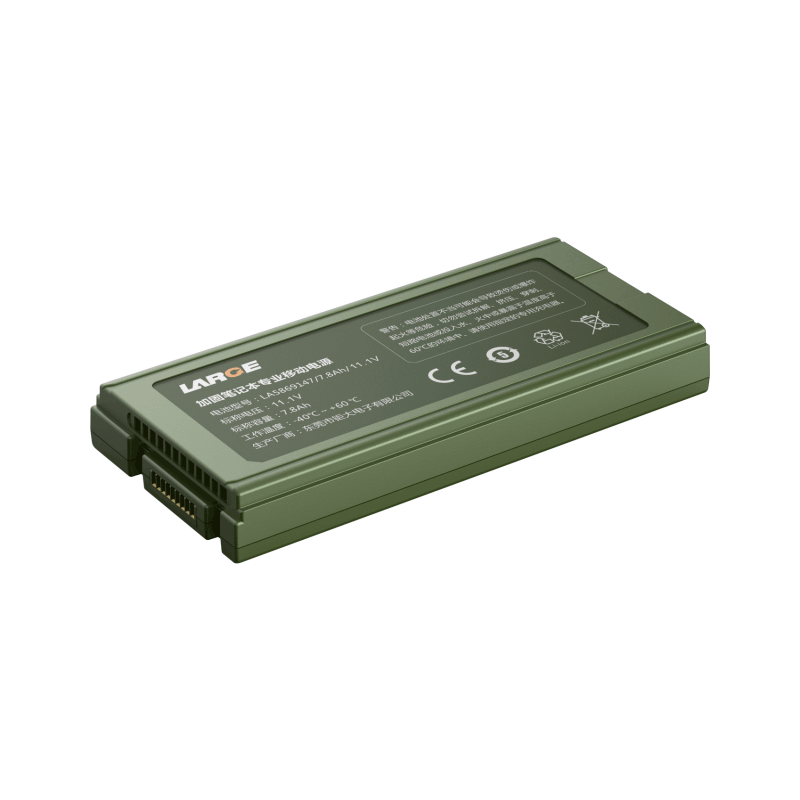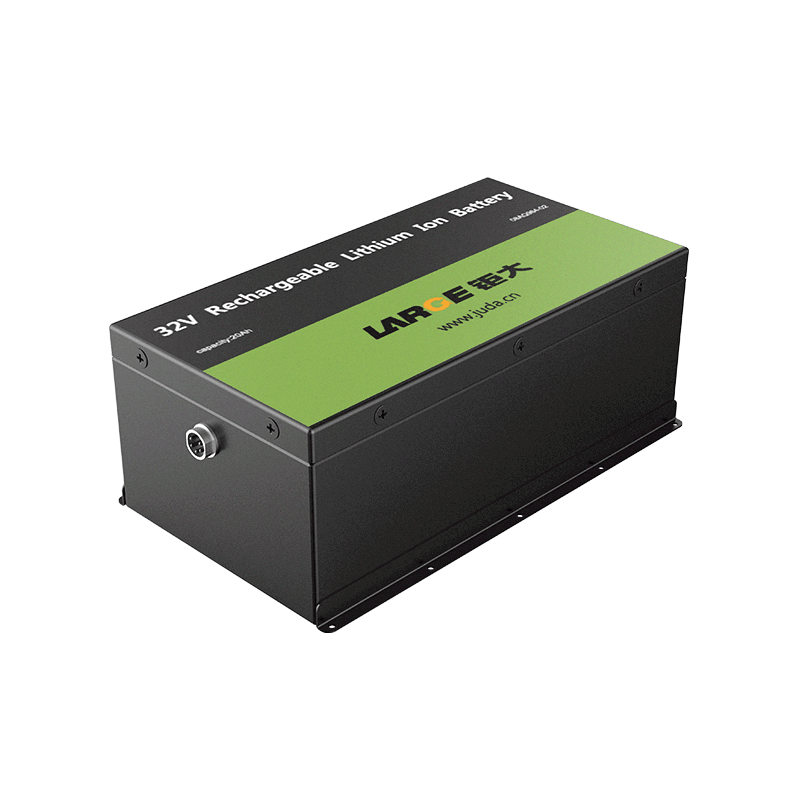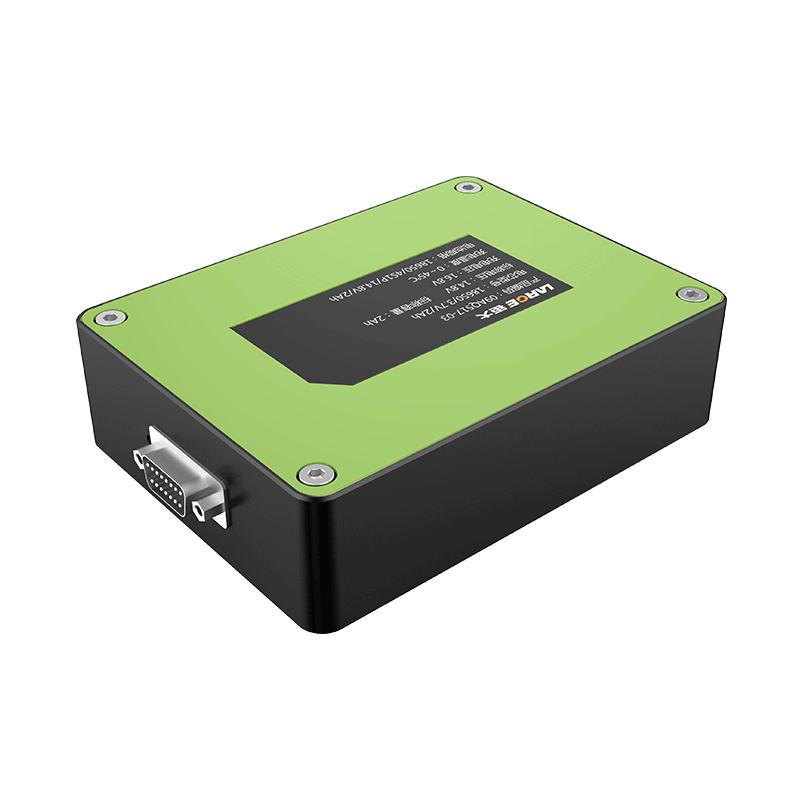-
Key Takeaways
-
Part 1: What is SDS?+
- 1.1 Key Features of an SDS
- 1.2 Why Lithium Battery Packs Require an SDS
-
Part 2: Why Does an SDS about Lithium Battery Matter?+
- 2.1 Ensuring Safety in Industrial Applications
- 2.2 Compliance with Regulatory Standards (e.g., OSHA, GHS)
- 2.3 Mitigating Risks During Handling, Storage, and Transport
-
Part 3: What Information Does an SDS about Lithium Battery Contain?+
- 3.1 Hazard Identification: Fire Risks, Chemical Exposure, and Thermal Runaway
- 3.2 Safe Handling and Storage Guidelines for Lithium Battery Packs
- 3.3 Emergency Response Measures for Leaks, Fires, or Accidents
- 3.4 Disposal and Recycling Instructions for Industrial Use
-
Part 4: When is an SDS Required for Lithium Batteries?+
- 4.1 Regulatory Requirements and Exemptions
- 4.2 Special Cases for Lithium Battery Packs in Industrial Settings
- 4.3 Importance of Regularly Updating SDS Documents
-
FAQ+
- 1. What is the purpose of an SDS for lithium battery packs?
- 2. Are SDS documents mandatory for all lithium batteries?
- 3. How often should SDS documents be updated?
What You Need to Know About SDS for Lithium Batteries
May 23, 2025 Pageview:2576

A Safety Data Sheet (SDS) is a document that provides detailed information about the properties, hazards, and safe handling of a specific material or product. For lithium battery packs, an SDS serves as a critical resource for ensuring safety and compliance in industrial environments. Whether you work in robotics, medical devices, or instrumentation, understanding the key features of an SDS can help you mitigate risks and maintain operational efficiency.
Key Takeaways
Safety Data Sheets (SDS) help handle and store lithium batteries safely. They prevent dangers like fires and chemical harm.
Knowing parts of an SDS, like hazards and emergency steps, is key. It helps follow rules and stay safe in workplaces.
Updating SDS often gives the newest safety details. This is important for working well and following safety laws.
Part 1: What is SDS?
1.1 Key Features of an SDS
An SDS is structured to deliver comprehensive safety information in a standardized format. It typically includes the following components:
Component/Feature | Description |
|---|---|
Identification | Details about the product, including its name, manufacturer, and emergency contact information. |
Hazard Identification | Information on potential risks, such as fire hazards, chemical exposure, or thermal runaway. |
Composition/Ingredients | A breakdown of the chemical substances present in the product. |
Handling and Storage | Guidelines for safe handling, storage, and transportation. |
Emergency Measures | Steps to take in case of leaks, fires, or accidental exposure. |
For lithium battery packs, these features are particularly important due to their unique chemical composition and potential risks. For example, NMC Lithium batteries, with an energy density of 160–270 Wh/kg and a cycle life of 1,000–2,000 cycles, require precise handling to prevent thermal runaway.
1.2 Why Lithium Battery Packs Require an SDS
Lithium battery packs differ from other battery types due to their chemical complexity and energy density. This makes an SDS essential for ensuring safe use and compliance with regulatory standards. Here are some reasons why:
Risk Management: Lithium batteries pose physical, health, and environmental risks, such as fire hazards and chemical exposure. An SDS provides the necessary precautions to mitigate these risks.
Regulatory Compliance: In some cases, lithium batteries may not require an SDS if classified as "articles" under specific regulations. However, this classification can vary, leading to confusion and potential shipment delays.
Industrial Applications: Industries like medical devices, robotics, and instrumentation rely on lithium battery packs for their high energy density and reliability. An SDS ensures these batteries are handled and stored safely to avoid operational disruptions.
By providing clear guidelines, an SDS about Lithium Battery helps you navigate the complexities of handling these advanced energy storage solutions. This is especially critical in industrial settings where safety and efficiency are paramount.
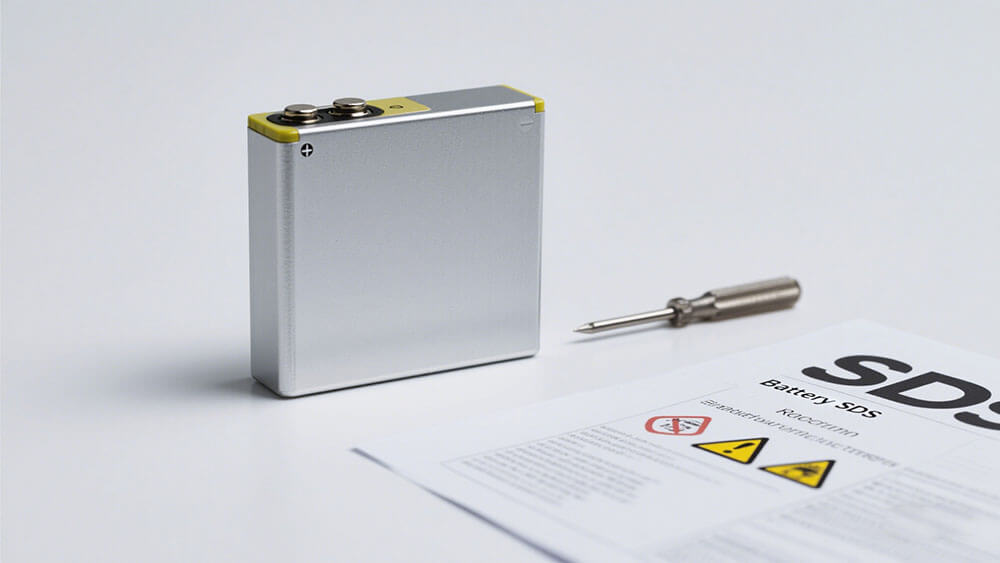
Part 2: Why Does an SDS about Lithium Battery Matter?
2.1 Ensuring Safety in Industrial Applications
An SDS about Lithium Battery plays a vital role in maintaining safety across industrial applications. Lithium battery packs, commonly used in robotics, medical devices, and instrumentation, present unique risks such as fire hazards and chemical exposure. By providing detailed safety guidelines, an SDS ensures these risks are minimized, protecting both personnel and equipment.
In December of 2015, OSHA issued an official interpretation on whether lithium-ion batteries meet the definition of a manufactured article, exempt from the requirements to produce a Safety Data Sheet (SDS). The interpretation highlights that lithium-ion batteries, despite being sealed, can leak or break, posing health and physical hazards, thus necessitating the provision of an SDS in workplace settings.
This underscores the importance of having an SDS readily available to address potential hazards effectively.
2.2 Compliance with Regulatory Standards (e.g., OSHA, GHS)
Regulatory compliance is another critical reason why an SDS about Lithium Battery matters. Organizations like OSHA and GHS mandate strict safety protocols for hazardous materials, including lithium batteries. An SDS ensures your operations align with these standards, avoiding penalties and ensuring smooth workflows. For instance, lithium battery packs classified as hazardous materials require specific labeling and documentation during transport. Without an SDS, you risk non-compliance, which can lead to shipment delays or legal complications.
2.3 Mitigating Risks During Handling, Storage, and Transport
Proper handling, storage, and transport of lithium battery packs are essential to prevent accidents. An SDS provides clear instructions to mitigate risks, such as storing batteries in fire-resistant containers or inspecting them for damage before use. The table below highlights key safety measures:
Safety Measure | Description |
|---|---|
Adhere to national safety standards | Lithium batteries should comply with applicable safety standards to ensure safe use. |
Follow manufacturers’ instructions | Proper storage, use, charging, and maintenance as per manufacturer guidelines are crucial. |
Inspect batteries for damage | Regular checks for damage before use help prevent accidents. |
Store in fire-resistant containers | Keeping batteries in safe storage reduces fire risks. |
Dispose properly | Following local regulations for disposal minimizes environmental hazards. |
By following these guidelines, you can ensure the safe and efficient use of lithium battery packs in industrial environments.
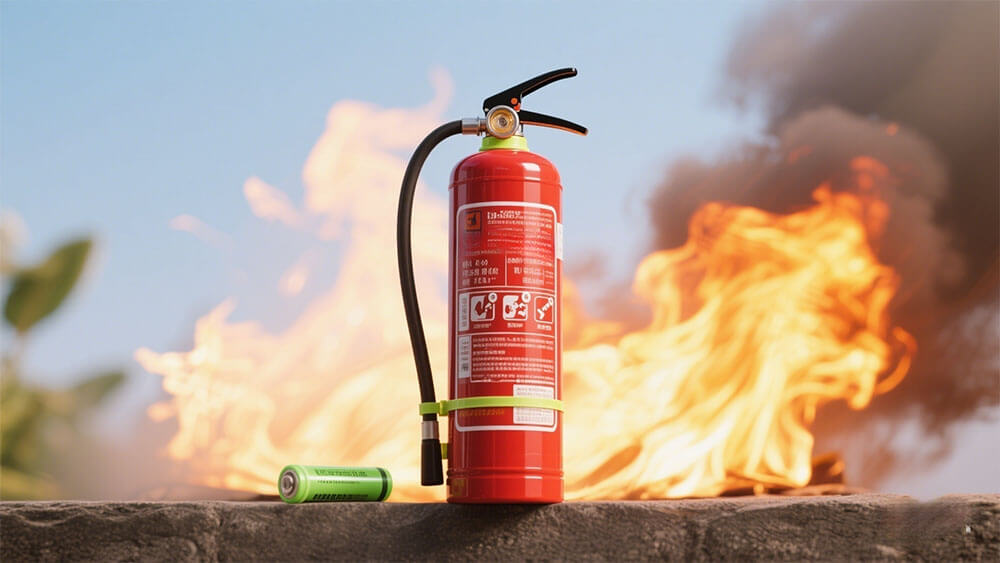
Part 3: What Information Does an SDS about Lithium Battery Contain?
3.1 Hazard Identification: Fire Risks, Chemical Exposure, and Thermal Runaway
An SDS about Lithium Battery provides a detailed overview of potential hazards associated with lithium battery packs. These hazards include fire risks, chemical exposure, and the phenomenon of thermal runaway. Thermal runaway, a chain reaction triggered by overheating, can lead to severe safety incidents such as fires or explosions.
Key hazards identified in an SDS include:
Fire Risks: Lithium batteries, especially NMC Lithium batteries with energy densities ranging from 160–270 Wh/kg, are prone to overheating. This can result in combustion if not managed properly.
Chemical Exposure: The electrolyte in lithium batteries contains flammable and toxic chemicals. Accidental leaks or ruptures can expose workers to harmful substances.
Thermal Runaway: This critical hazard occurs when internal heat generation exceeds the battery's ability to dissipate heat, leading to catastrophic failure.
Understanding these risks allows you to implement preventive measures, ensuring the safe use of lithium battery packs in industrial environments.
3.2 Safe Handling and Storage Guidelines for Lithium Battery Packs
Proper handling and storage of lithium battery packs are essential to minimize risks. An SDS outlines specific guidelines to help you maintain safety and efficiency in your operations. These include:
Storage Conditions: Store lithium batteries in a cool, dry place away from direct sunlight and heat sources. For example, LiFePO4 Lithium batteries, with an energy density of 100–180 Wh/kg, perform optimally when stored at moderate temperatures.
Handling Precautions: Always inspect batteries for physical damage before use. Damaged batteries should be isolated and handled according to the manufacturer's recommendations.
Separation of Materials: Avoid storing lithium batteries near flammable materials to reduce fire risks.
Charging Protocols: Follow the manufacturer's guidelines for charging to prevent overcharging or overheating.
By adhering to these guidelines, you can ensure the longevity and safety of your lithium battery packs, particularly in demanding industrial applications like robotics and medical devices.
3.3 Emergency Response Measures for Leaks, Fires, or Accidents
An SDS provides critical instructions for responding to emergencies involving lithium battery packs. These measures are designed to protect personnel and minimize damage during incidents such as leaks, fires, or accidental exposure.
Leaks: If a battery leaks, evacuate the area and ventilate it immediately. Use personal protective equipment (PPE) to handle the spill and neutralize the electrolyte with an appropriate absorbent material.
Fires: In case of a fire, use a Class D fire extinguisher or sand to smother the flames. Avoid using water, as it can exacerbate the situation.
Accidental Exposure: If skin or eye contact occurs, rinse the affected area with plenty of water and seek medical attention.
These emergency response measures are vital for maintaining safety in industrial settings where lithium battery packs are integral to operations.
3.4 Disposal and Recycling Instructions for Industrial Use
Disposing of lithium battery packs requires adherence to strict environmental and safety regulations. An SDS provides detailed instructions to ensure proper disposal and recycling, which are crucial for sustainability and compliance.
Recycling Benefits: Recycling lithium batteries allows for the recovery of valuable materials like cobalt and lithium. This not only conserves resources but also reduces environmental impact.
Specialized Facilities: Use certified recycling facilities equipped to handle hazardous components safely. Improper disposal can lead to environmental contamination and legal penalties.
Compliance with Regulations: Follow local and international guidelines for battery disposal to ensure compliance and avoid operational disruptions.
By implementing these practices, you contribute to a sustainable industrial ecosystem while maintaining compliance with regulatory standards.
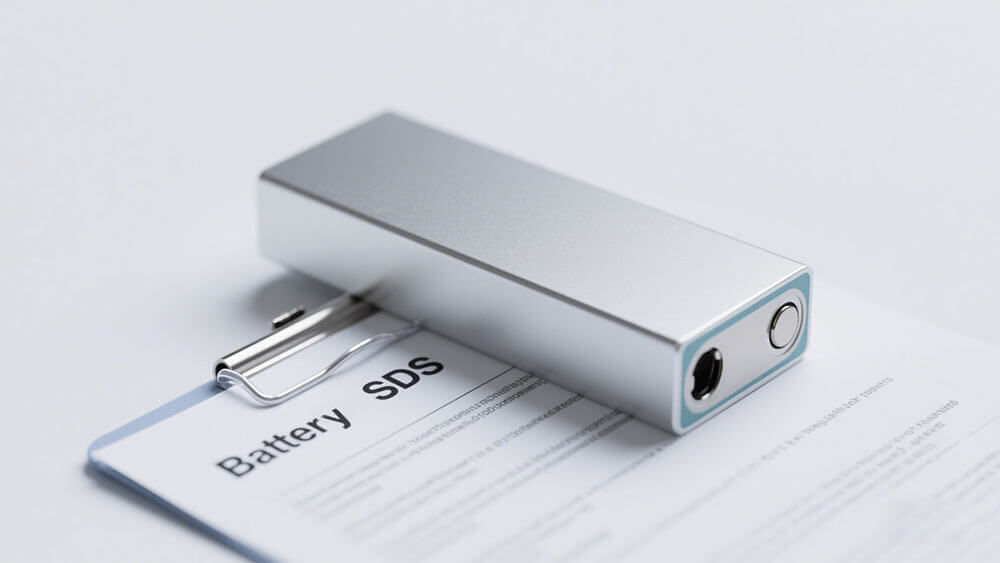
Part 4: When is an SDS Required for Lithium Batteries?
4.1 Regulatory Requirements and Exemptions
You must understand the regulatory landscape to determine when an SDS about Lithium Battery is necessary. Lithium-ion batteries fall under Class 9 dangerous goods due to fire risks. This classification mandates an SDS for compliance with safety and environmental regulations. The SDS must include crucial information such as risks, proper packaging, labeling, and emergency response details. The regulatory environment for battery energy storage is complex and varies across jurisdictions. Compliance ensures your operations remain uninterrupted and legally sound.
Aspect | Details |
|---|---|
Classification | Lithium-ion batteries are classified as Class 9 dangerous goods due to fire risks. |
Importance of SDS | SDS is essential for compliance with safety and environmental regulations. |
Required Information in SDS | Must include risks, proper packaging, labeling, and emergency response information. |
4.2 Special Cases for Lithium Battery Packs in Industrial Settings
In industrial settings, special cases may arise where an SDS becomes crucial. For instance, technological innovations can increase risks related to interoperability and system-level integration. Industries like robotics and medical devices often use lithium battery packs due to their high energy density and reliability. In these scenarios, an SDS ensures that all safety protocols are followed, minimizing potential hazards. Compliance is vital for maintaining your market position in an evolving regulatory environment.
4.3 Importance of Regularly Updating SDS Documents
Regularly updating your SDS documents is essential for maintaining safety and compliance. As regulations and technologies evolve, so do the risks associated with lithium battery packs. Keeping your SDS current ensures that you have the latest safety information and guidelines at your disposal. This proactive approach not only safeguards your operations but also demonstrates your commitment to safety and regulatory adherence.
SDS about Lithium Battery ensures safety, compliance, and proper handling in industrial environments. To enhance safety, train employees on SDS protocols and maintain updated documentation. Adhering to regulatory standards minimizes risks during handling and transport. Industries like robotics, medical devices, and instrumentation rely on SDS to prevent hazards and maintain operational efficiency.
FAQ
1. What is the purpose of an SDS for lithium battery packs?
An SDS ensures safe handling, storage, and transport of lithium battery packs. It provides critical safety information, especially for industrial applications like robotics and medical devices.
Tip: For professional guidance on lithium battery packs, visit Large Power.
2. Are SDS documents mandatory for all lithium batteries?
Not always. Regulations may exempt lithium batteries classified as "articles." However, industrial settings often require SDS to address risks like thermal runaway and chemical exposure.
3. How often should SDS documents be updated?
You should update SDS documents regularly to reflect changes in regulations or product specifications. This ensures compliance and safety in industrial environments like instrumentation and energy storage.
Leave Message
Hottest Categories
-
Hottest Industry News
-
Latest Industry News




